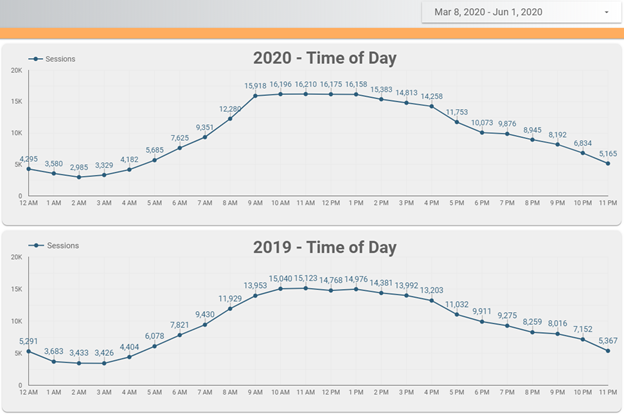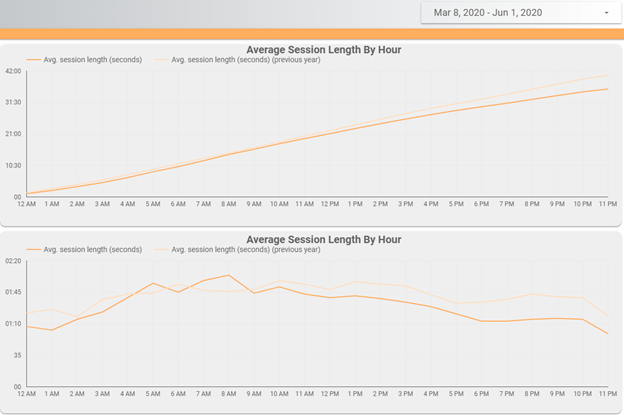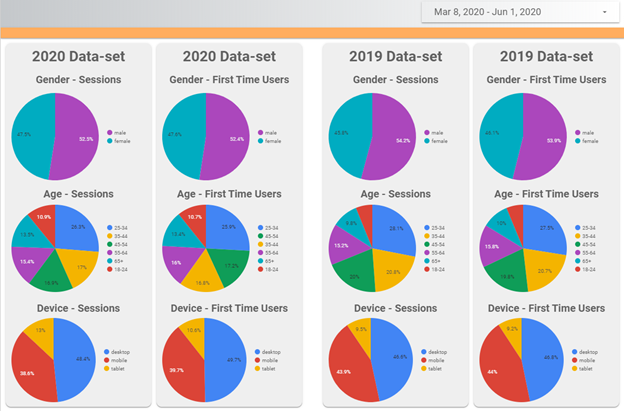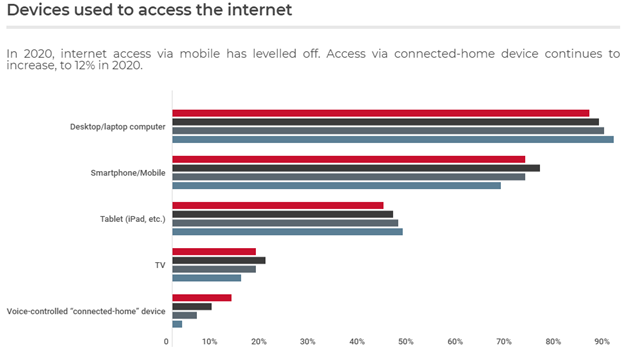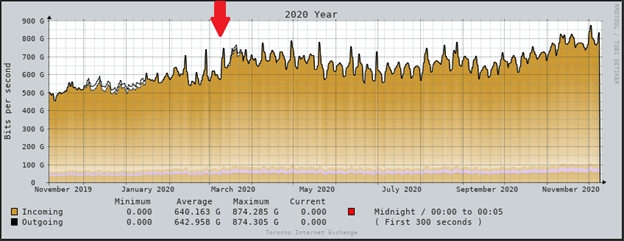Effective Digital Marketing Strategies for 2021
In the fast-paced digital landscape, the rate of adoption needed is unprecedented. Lessons learnt earlier in the year when every business was forced to adapt on the fly now inform marketing strategies during the second wave. The following tactics used together, in a holistic approach will help to build a solid digital marketing framework.
Increasing Engagement
While mobile usability and friendliness are important, it is critical to understand that people use multiple devices more so than ever. In a multi-platform world, it is necessary to optimize the whole journey rather than a single touchpoint. Brands active and diversified across all platforms are more likely to grow in their following, engagement and brand presence. Engagement is particularly important, especially for brands that can’t directly serve their audience and non-essential businesses.
Maximizing Social Media Impact
For companies or non-profits mindful of marketing budgets, there’s been an increased reliance on organic, user-generated information. With more consumers spending time online for social purposes, this is an opportunity for businesses to share brand-related information. These types of platforms are critical to increasing brand reach.
Message Consistency
Brands are now faced with becoming as human as possible across social media channels, while juggling necessary bits of marketing and selling. The ability to have consistent messaging across all mediums for specific types of traffic is more important than ever.
Making the Most of Ad Budgets
Competition online has increased as pretty much every retailer has jumped online increasing cost per click (CPC) and cost per impressions (CPM). Campaigns running last year at certain budgets are looking at higher budgets this year for relatively the same amount of quality traffic. Ad quality is something to be cautious about. Anywhere there is a bidding situation, get used to seeing dramatic increases in ad spend.
Adapting Search Engine Optimization
SEO is an adaptable resource that can be used in all sorts of online settings including search engine results, Google My Business, as well as social and blogging. Consumers are shifting how they search for different things online. Understanding the intent behind those search queries and how they are using their devices will help capture a greater share of attention. The right approach will translate to showing up higher across these efforts.
Shift to E-Commerce
One of the biggest changes in search engine results is how often e-Commerce shops come up in search rankings. This comes down to changes in user behaviour and intent. Shifts in purchasing behaviours have shaped the consumer path toward a heavy post-pandemic reliance on e-Commerce.
When someone searches for something online and they are looking to purchase, the website they find must satisfy that intent. With more users looking to take action, intent on shopping and not venturing out, Google and search algorithms have started to adjust search results accordingly to be more satisfactory to those types of queries and intents.
Going forward, e-Commerce will be a core component of business operations. While select industries may go back to normal, the ecomm infrastructure that has been embraced at this magnitude is not going away.
Digital Transformation for a post-COVID-19 Era
A new digital landscape is taking shape. Going forwards, brands doubling down on changes by becoming more integrative, bringing more systems online, sharing data across platforms and getting more targeted in the way they operate will succeed. Post- COVID recovery will largely be data- driven.
Rethinking Strategies to Emerge Stronger
How permanent the implications COVID-19 are in terms of consumer behaviour is unknown. Lockdowns have accelerated the adoption of new technologies, expanding what they can do. Brands that continue to embrace and adapt to shifting consumer behaviours will see increased brand authority and opportunities for expansion.

